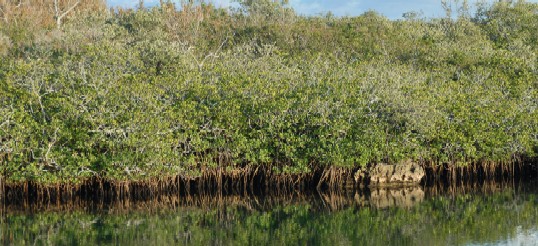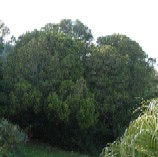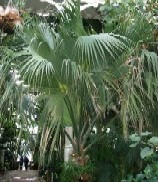UK Overseas Territories
- Home
- UK
Overseas Territories
- Biodiversity
- Threats
- Kew's historical links
- Ascension
- Anguilla
- Bermuda
- British Antarctic Territory
- British Indian Ocean Territory
- British Virgin Islands
- Cayman Islands
- Falkland Islands
- Gibraltar
- Montserrat
- Pitcairn Islands
- South Georgia
- Sovereign Base Areas on Cyprus
- St Helena
- Tristan da Cunha
- Turks and Caicos Islands
- Conservation activities
- Capacity Building
- Community involvement
- Links
- Contacts
UK Overseas Territories Programme
Bermuda: The Territory |
||
 |
Bermuda consists of a chain of some 150 limestone islands, extending along the edge of an extinct underwater volcano. The islands are situated in the western Atlantic Ocean, some 900 km to the east of the USA. Lying at a latitude of 32ºN, Bermuda has a sub-tropical climate,
influenced by the warm Gulf Stream flowing north-easterly from the
Equator. |
|
Biodiversity – plants and animals |
|
|
Bermuda’s coral reef system and mangrove swamps are the most northerly in the world. Very few coral reefs and mangrove swamps occur outside the tropics. Originally the islands' fertile soils and high rainfall supported a mixed open forest. Bermuda’s limestone formations and inland peat marshes were home to particularly interesting plant species. Bermuda has 165 native species of flowering plants and ferns; 14 of them grow wild nowhere else in the world. |
|
Threats to biodiversity |
|
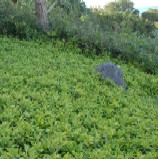 |
Nineteen flowering plant and fern species are so threatened in their wild habitats that they are listed on Bermuda's 2003 Protected Species Act. Over 1000 species have been introduced to the islands; many of them are invasive and pose a threat to native plants. Vigorous species, including Brazilian pepper (Schinus terebinthefolius), colonise areas cleared by hurricanes, preventing native species reestablishing themselves. Indian laurels (Ficus microcarpa) seed themselves so prolifically that they monopolise large areas and shade out other species. Since the 1940s, an alien scale insect which feeds on Bermuda cedars (Juniperus bermudiana) has reduced the population of this tree by 95%. Bermuda cedar is considered to be Critically Endangered. Large areas of Bermuda’s natural habitats are being cleared
for tourist developments and housing. |
Unique species: Bermuda fan palm (Sabal bermudana) |
||
| This handsome palm is considered to be endangered in its native habitat where it now only grows in small areas of lowland scrub. With its splendid fan-shaped leaves, it is a popular garden ornamental tree. See Bermuda fan palms in Kew's Palm House and Temperate House. The Bermuda fan palm is threatened by the spread of a Chinese fan
palm (Livistonia chinensis) which forms inaccessible stands
and does not provide a suitable habitat for Bermuda's native birds. |
||
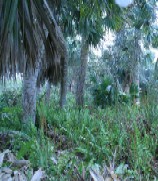 |
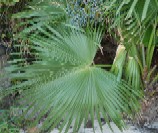 |
|
Find out more about:Kew's activities in Bermuda, past and present: Bermuda's biodiversity: |

